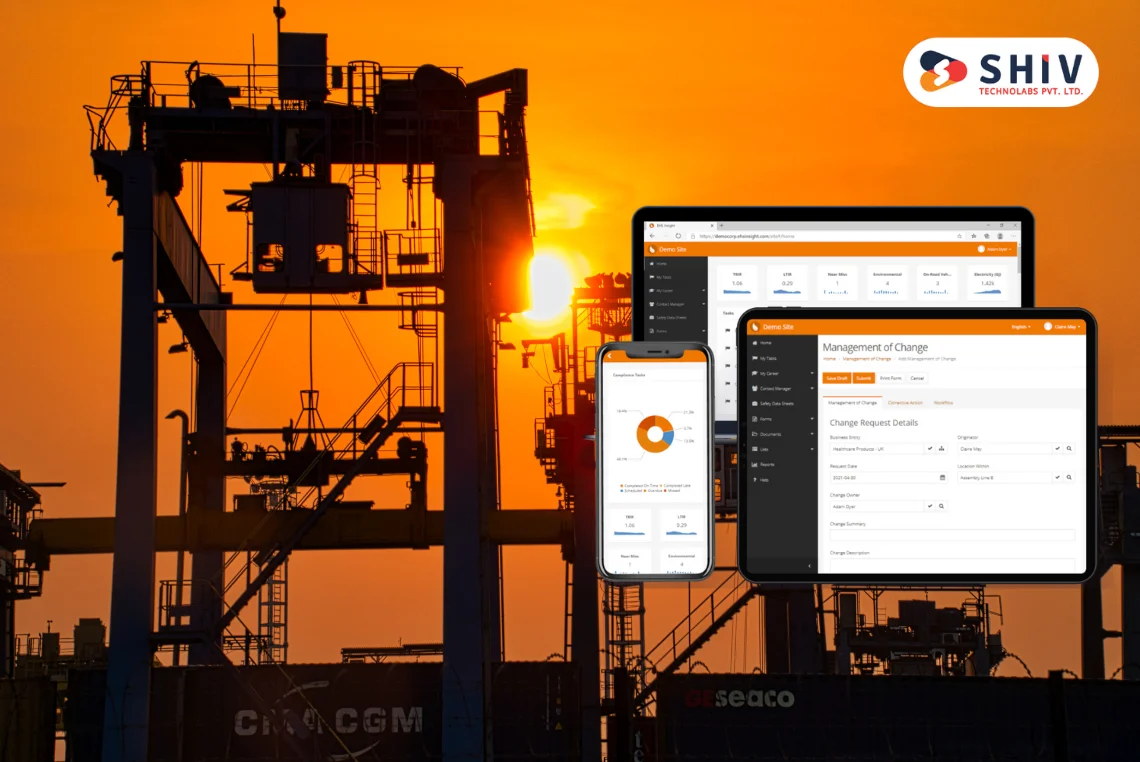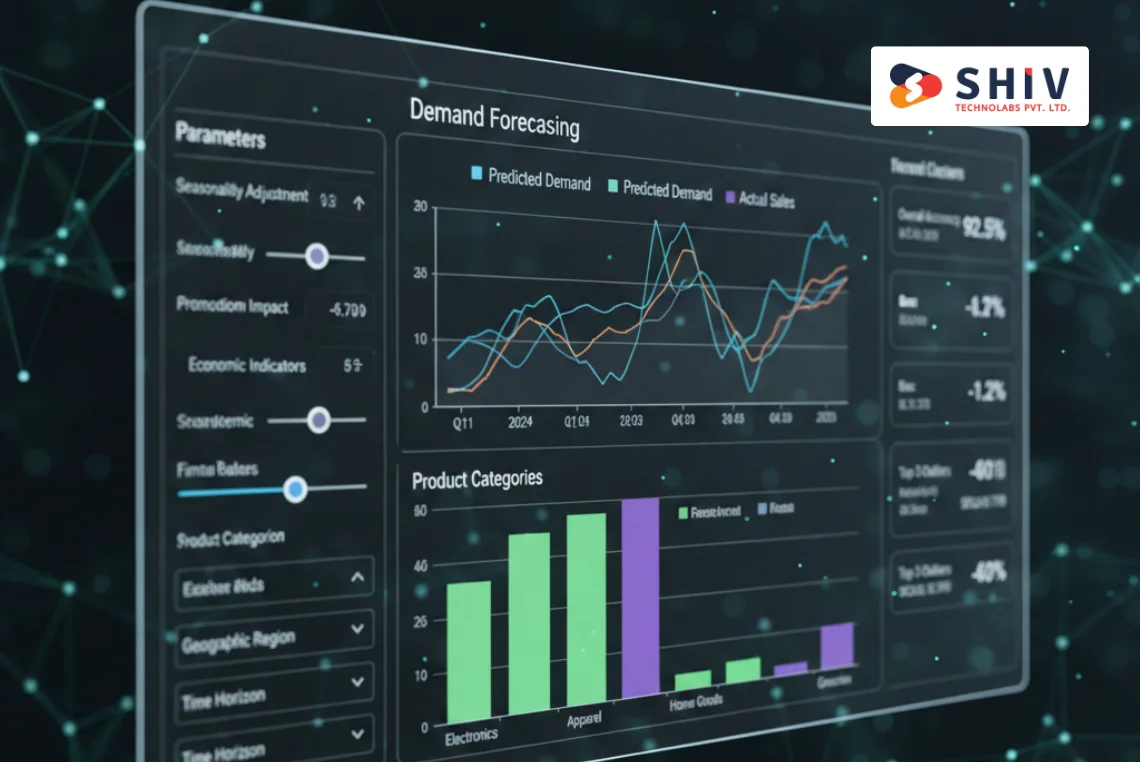Table of Contents
What is the number one thing that distinguishes a great startup from a failed startup? It has a great product development strategy. According to Insights, 42% of startups fail due to insufficient market demand, and 17% fail because of poor product development or timing. In shorter terms, building something that people need and doing it well is everything.
If you’re an early-stage founder or team working on your first product or MVP, this guide will help you go through each step of the startup product development process.
In this article, we will cover the product development steps from ideation to launch, testing, and iteration, with a heavy focus on how to do it effectively.
8-step process of developing a startup product
So, here is the process!
Step 1: Make it a Problem Worth Solving
To write a single line of code, ensure that the product you have, is having a concept about addressing a real need. It is just one of the quickest ways to kill your startup, and an unnecessary part to leave out in your product development.
- Identify Pain Points: Speak to your end users. What frustrates them? What do they use now?
- Validate The Market: Use Typeform or Google Forms to test interest or run one-page MVPs.
- Competition Review: Get a deep understanding of your competitors; know what they do well, but also know what the users complain about.
Step 2: Design a Clear Product Roadmap

Using your research from step 1, clarify what your product will do, just as importantly, what it won’t do.
- Core Functionality: Design a Minimum Viable Product (MVP) and address one problem.
- Prioritize: Group your product functions into a framework – the typical structure of prioritizing is MoSCoW, or Must-haves, Should-haves, Could-haves, and Won’t-haves.
- Make milestones: Divide your development schedule into small chunks, and you will have a chance to make agile development and faster iterations.
Having a clear roadmap gives your team and your investors a clear line of sight to the outcome you’re forecasting and helps manage the common pitfall of “scope creep”, which wastes effort or money.
Step 3: Create Engaging Designs and Prototypes
A one-time user can be turned to a loyal customer with the help of a simple user-oriented context.
- Wireframes: Plan the layout of your screens with the help of programs like Figma, Sketch, and Adobe XD.
- Clickable Prototypes: Mock interactions should be used, and your users will be able to view your interface without the trouble of creating anything.
- Usability testing: Provide the users with usability testing; in this way, you will know the friction very early.
Step 4: Select a Proper Tech Stack
Your product will rely on your technology and the tools it utilizes for its success.
| Tech Layer | Popular Choices |
| Frontend | React, Vue.js |
| Backend | Node.js, Ruby on Rails, Django |
| Database | MongoDB, PostgreSQL |
| Hosting/Cloud | AWS, Google Cloud, Heroku |
Some suggestions for picking your product’s technology and tools are:
- Align your team’s competencies so that you minimize ramp-up time.
- Plan for expansion if your product takes off quickly.
- Get started on performance and security-related issues as soon as you can.
If you do not have a full-stack team internally, you could engage a startup software development agency to give you specialised experience, but not the other costs of payroll. Choosing the right partner is essential for effective software development for startups, it saves you time, money, and a scalable structure.
Step 5: Develop Using Agile Methodology

Agile is not just a buzzword; it is the lifeblood of modern-day product development for startups.
- Sprint Cycles: Your working time will be based on small cycles (1 – 2 weeks) of the release of a small part of functional work.
- Continuous Integration: Auto test-code and auto-deploy your code in order to detect bugs sooner.
- Daily Stand-ups: These are daily briefs at the project stage to keep the team in touch, dynamic and on top of things at all times.
Step 6: Smart and Lean launch
Putting your MVP into the world is a great achievement; either way, you do this early or late, you can easily fail.
Private Beta: Let the product out to a few of the earliest adopters. Obtain qualitative feedback.
- Landing Page & Waitlist: Build excitement and validate messaging before completely going live.
- Monitor KPIs: Track user engagement, retention, crashes, and NPS scores.
Your startup product launch strategy is important here. Your launch strategy could consist of targeted outreach, strategic PR, and social media engagement, all with precise timing. Your launch strategy should be intentional. With the appropriate launch strategy, you can differentiate your brand, get early users, and collect valuable feedback quickly.
Step 7: Know What It Will Cost
A common pitfall for startup founders is budgeting for the entire product lifecycle. Here is a rough range for the budget of a simplified MVP:
| Stage | Estimated Cost (USD) |
| Research & Validation | $2,000 – $4,000 |
| UI/UX Design | $5,000 – $10,000 |
| Development (Frontend + Backend) | $15,000 – $40,000 |
| QA Testing & Bug Fixes | $2,000 – $5,000 |
| Total | $24,000 – $59,000 |
Step 8: Scale and Iterate
The development of the product actually begins after the launch. You have real users, real data and real feedback now.
- Sequitur Features: Use behavioral analytics instruments such as Mixpanel or Hotjar to understand how customers use the product and how their user flows are constructed.
- Include Feature Enhancements: Implement new features that are demanded rather than desirable.
- Scale ready: Is the server infrastructure done in a way that can scale up, and are database queries as optimised as possible in the future?
Conclusion
The path of startup product development is not constructive; it is iterative, whereby learning, iteration, and building have to be incorporated. Getting the right strategy is half the battle, regardless of whether you are launching a productivity tool, a B-to-B SaaS product, or the next socially focused application. Having the right strategy, as well as the best partners, can be a game-changer.
If you are in the market for a startup software development company that gets your vision and has the full-cycle product development skills and experience, i.e., ideation-to-launch, Shiv Technolabs is an ideal partner.
Shiv Technolabs works exclusively with startups, providing technical guidance to founders, developing reliable MVPs, expanding features, and building market-ready products while working within budget.






















